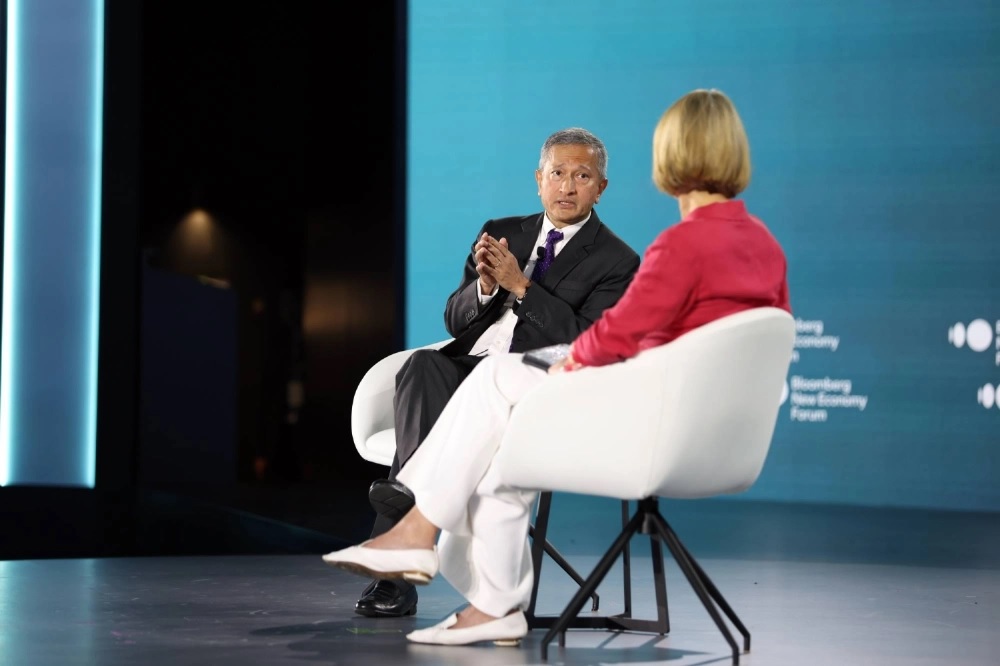SINGAPORE CALLS CURRENT U.S.-CHINA LULL A ‘TACTICAL PAUSE’

Shifting balance in Indo-Pacific
Singapore’s foreign minister Vivian Balakrishnan has warned that the recent easing in U.S.-China tensions should be seen as a “tactical pause,” not a permanent reset. Speaking at a forum in Singapore, he said tariffs, tech controls and strategic rivalry remain firmly in place even as leaders in Washington and Beijing resume high-level dialogue. Regional governments are using this breathing space to re-check supply chains, defence relationships and trade exposure. For Asia’s smaller economies, the question is not whether to choose sides, but how to avoid being squeezed when competition intensifies again.
Balakrishnan noted that Singapore’s long-standing strategy has been to stay useful to both powers: as a logistics hub, financial centre and neutral platform for dialogue. Yet he described the current moment as a form of “geopolitical climate change” where old assumptions no longer hold. Trade corridors once considered stable are now exposed to sudden tariffs or sanctions, and technology partnerships are increasingly screened through a security lens. For South Asian exporters, including those in Bangladesh, shifts in shipping routes, insurance costs and demand from China or the U.S. can cascade quickly through garment, electronics and food supply chains.
Risks for ASEAN and South Asia
The minister warned that if the U.S. or China miscalculate, Southeast Asia could find itself on the frontline of economic or military pressure. Countries that host key sea lanes, chip factories or data cables are especially wary of becoming targets for coercive tools like export bans or secondary sanctions. Several ASEAN members are therefore upgrading port infrastructure and digital regulations while also quietly diversifying trade towards India, the Gulf and Africa.
Analysts in the region say South Asia is part of this rebalancing story. Indian ports, special economic zones and digital services are courting manufacturers looking for a “China-plus-one” footprint. Bangladesh, already integrated into regional shipping networks, could benefit from diverted orders but also faces exposure if global demand weakens in another tariff round. Singapore’s message to its neighbours is to invest in resilience now—through stronger institutions, regional trade pacts and connectivity projects—before the pause ends and rivalry hardens again.





















